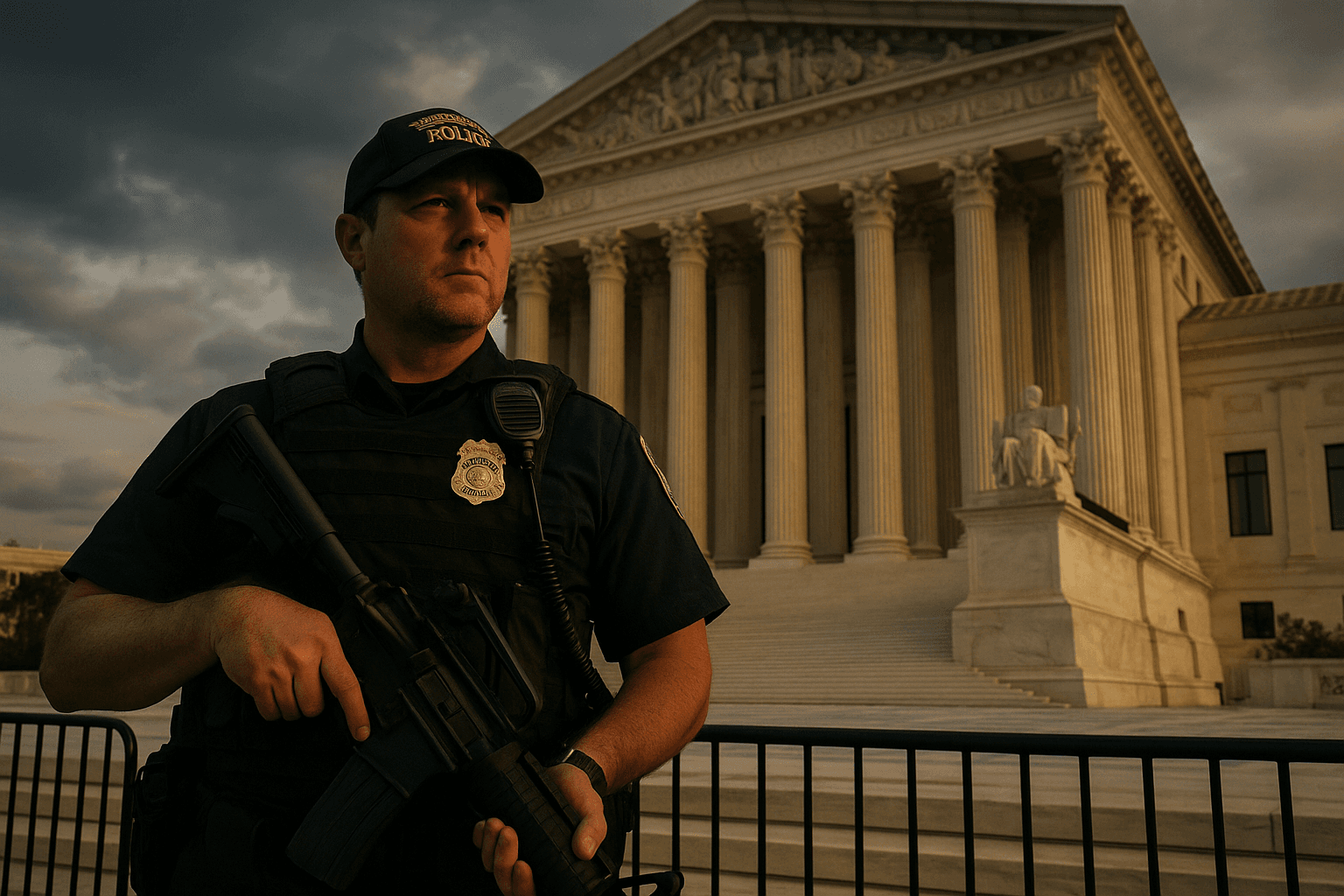Congress funds Supreme Court security, denies aid for lower federal courts
In legislation to reopen the government, Congress approved roughly $28 million for enhanced U.S. Supreme Court security while rejecting a $142 million request for expanded protections for lower federal courts. The decision concentrates resources on the nine justices even as the Marshals Service and federal judiciary report rising threats to judges across the country, raising questions about institutional priorities and public confidence.

Congress moved on November 25, 2025 to restore government operations while allocating roughly $28 million in new security funding specifically for the U.S. Supreme Court and denying a separate $142 million request intended to bolster protections for lower federal courts. The measure directs resources to establish around the clock protective capabilities for the nine justices, but it leaves hundreds of lower court judges without the supplemental support they had sought amid a documented rise in threats and intimidation.
The Washington Post reported the Legislature's decision and detailed concerns from the Marshals Service and the Judiciary about increasing numbers of credible threats targeting judges at district and appellate levels. Those agencies had requested expanded funding to hire additional personnel, upgrade protective technology, and expand security coordination for judges who handle high profile cases or who have become the focus of harassment. With the appropriation denied, judicial officials warned of gaps in coverage and uneven protection across jurisdictions.
Institutionally the outcome concentrates formal federal investment on the Supreme Court, reflecting the court's unique institutional prominence and public visibility. That focus addresses immediate security concerns for the justices themselves, but it also recalibrates who receives federal protective resources. Judicial officers and former judges who spoke with reporters characterized the choice as potentially politicizing judicial security by elevating one tier of the judiciary while leaving others exposed, a dynamic that could affect the perceived impartiality and independence of the courts.
Operationally the Marshals Service faces a complex task reallocating limited resources. The agency, which is responsible for protecting the federal judiciary, must balance deployment to the Supreme Court with the ongoing needs of district and circuit courts. Without the requested funding, lower court security will likely rely more heavily on existing Marshals personnel, local law enforcement partnerships, and internal courthouse protocols, which may create regional disparities in protection and response capabilities.

The funding fight underscored a broader debate among lawmakers about appropriations priorities when resources are constrained. Some members argued for targeted protection of the institutions most at risk of national disruption, while others urged a more distributed approach that would safeguard the full federal judiciary. That debate reflects differing assessments of risk, the symbolic value of protecting the Supreme Court, and the practical needs of judges who increasingly face threats linked to their rulings and public profiles.
Policy analysts warn that the split allocation could have downstream effects on case management and judicial morale. Judges operating without additional protective measures may alter public engagement or require procedural accommodations, which in turn can affect access to justice and the administration of high stakes litigation. The decision sets the stage for further contention in appropriations cycles, as the Judiciary and the Marshals Service press Congress for broader resources to secure all federal judges and to restore a sense of equal protection across the judicial branch.


